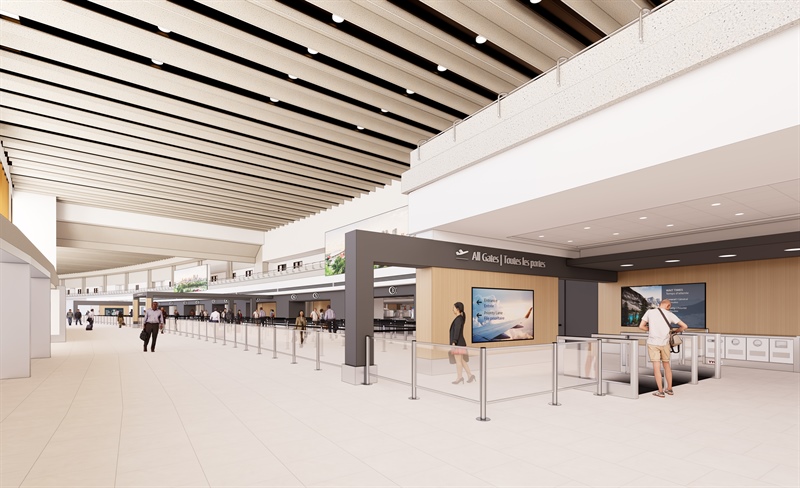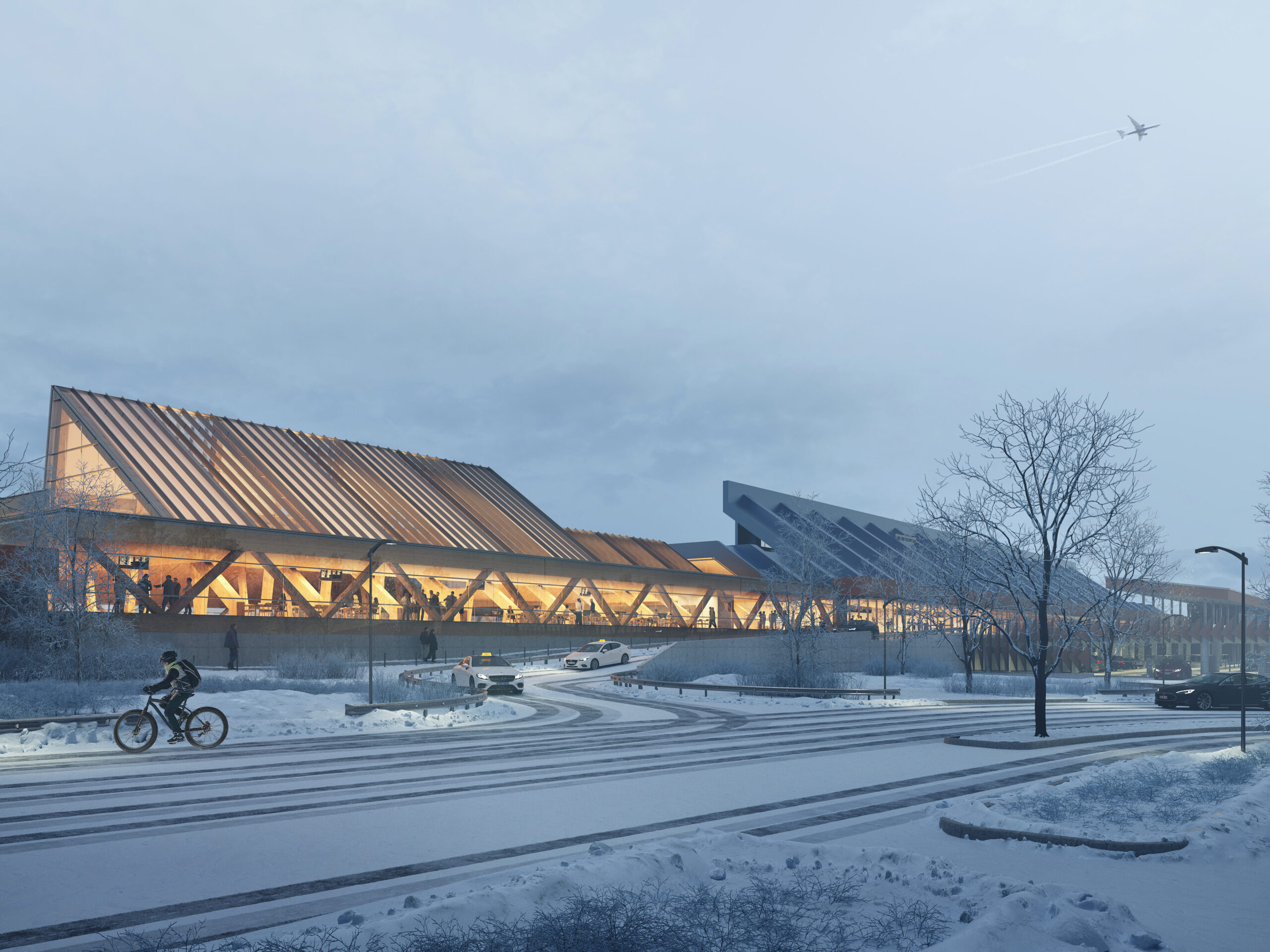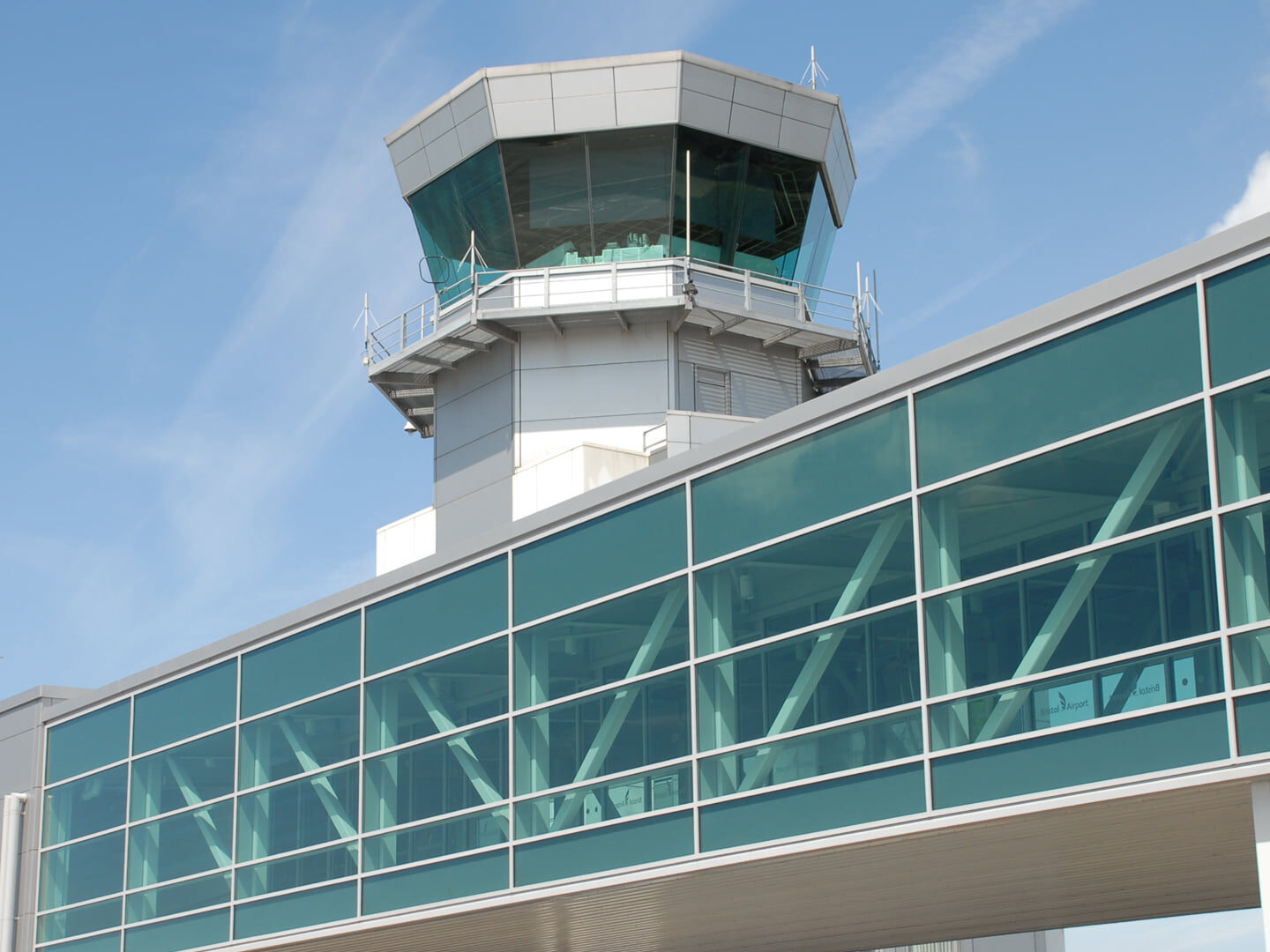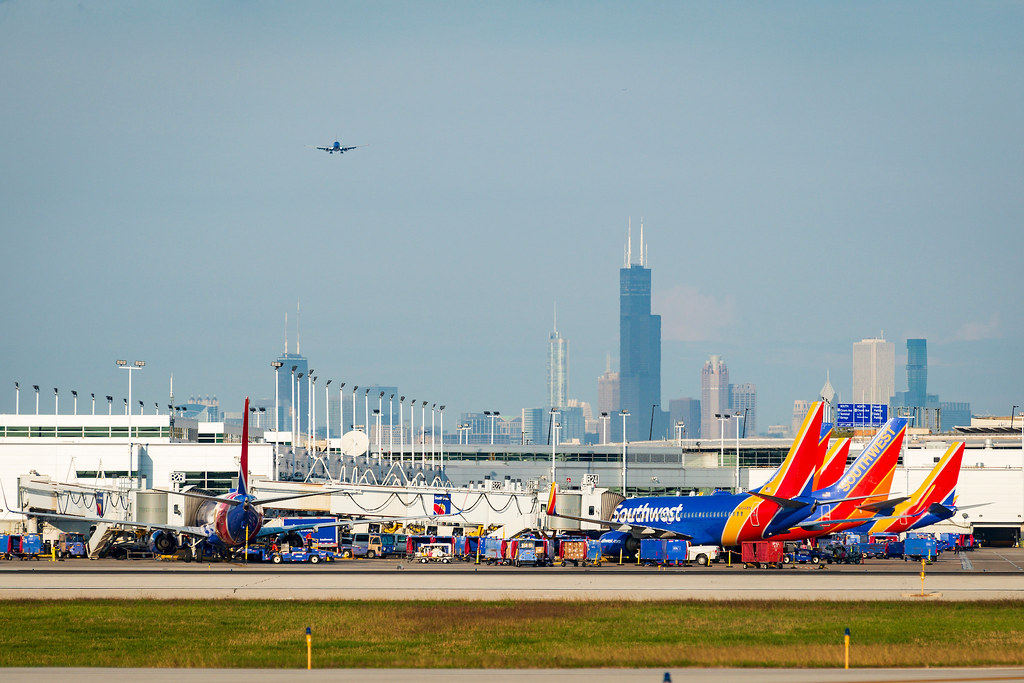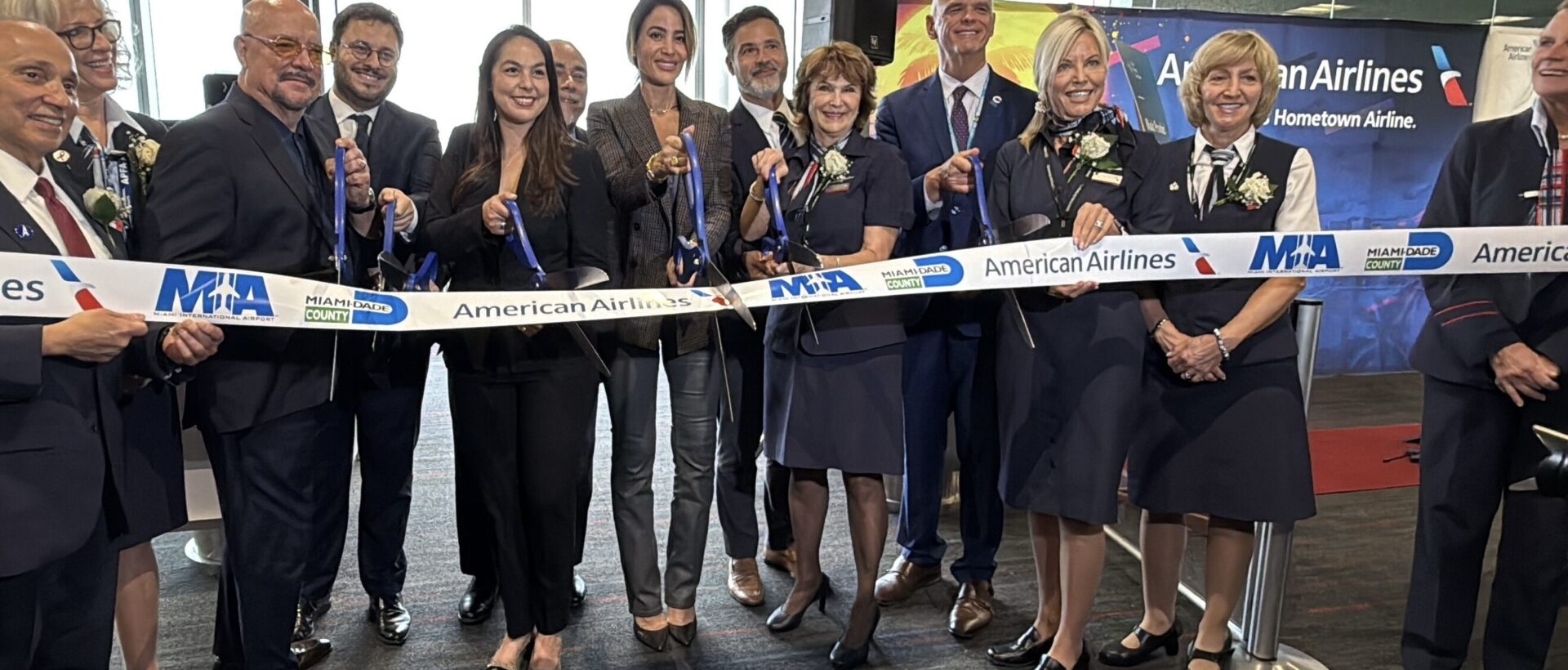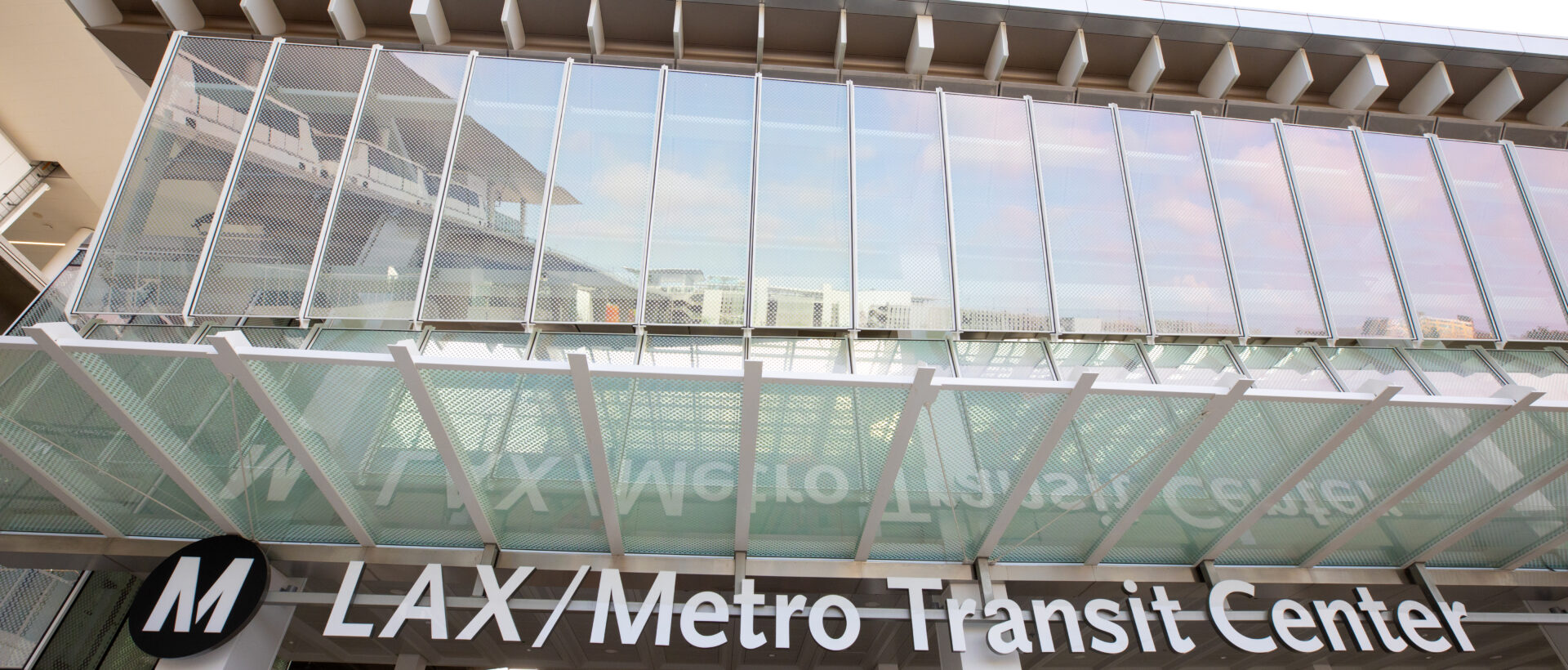Seattle-Tacoma International Airport (SEA) has opened a new security checkpoint at the Baggage Claim level of the terminal, marking a shift in how space is used to address capacity and operational constraints.
The new Checkpoint 1, located at the site of the former Bag Claim 1, introduces five additional screening lanes alongside features aimed at improving passenger flow and experience.
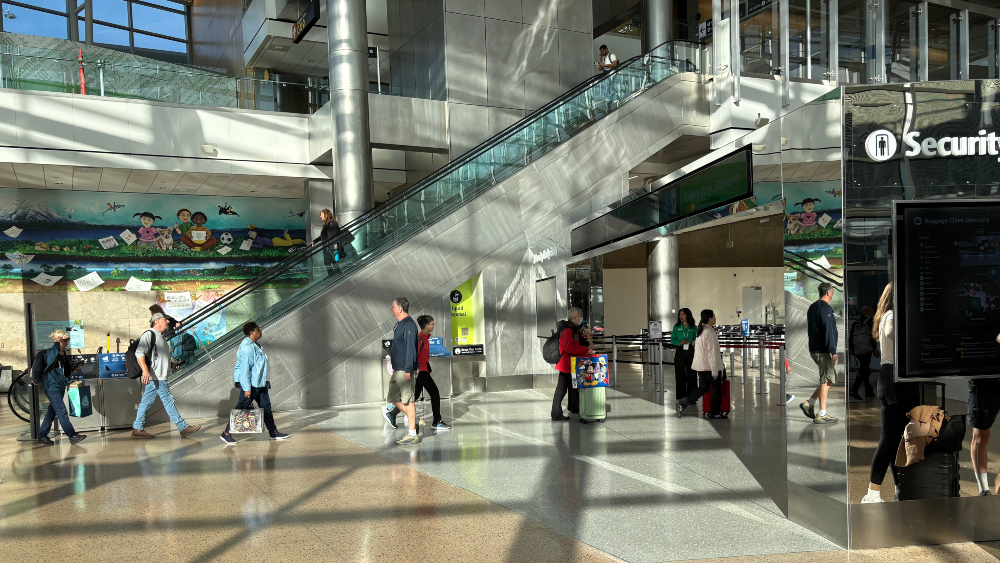
With limited ability to expand outward, SEA has repurposed existing space on the lower terminal level to create more room for security screening. The checkpoint includes approximately 2,000 square feet of queuing space, along with dedicated areas for recomposition after screening.
This brings the total number of screening lanes at SEA to 33. An additional six lanes are planned at Checkpoint 6, with two opening later this summer and the remainder before the end of the year.
Laurel Dunphy, SEA Airport Interim Chief Operating Officer said:Our challenge has been how do we continue to provide a high level of customer service in a footprint that can’t expand – this project is the latest example of doing more with what we have. Travelers will see even more project openings between now and the World Cup next year with SEA Gateway, C Concourse Expansion, A Concourse Lounge Expansion, and Roadway Improvements.
Checkpoint 1 will initially serve general screening passengers, with the potential to support TSA PreCheck and the SEA Spot Saver programme in future. The checkpoint offers travellers a direct connection to multiple concourses: escalators lead up to the A gates or down to the SEA Underground for access to S gates and other north-end terminals.
The opening also offers a new option for drop-off on the Arrivals level. With Checkpoint 1 accessible from the lower drive, passengers without checked baggage can be dropped off at the far end of the Arrivals drive and proceed directly to screening, potentially easing congestion on the Departures level.
Checkpoint 1 is part of the broader Upgrade SEA programme, a five-year, 5 billion USD capital investment initiative. The relocation project has a budget of 37 million USD, funded through a combination of the Airport Development Fund, future revenue bonds, and a Federal Aviation Administration grant.
Further facility openings are expected in the lead-up to the 2026 World Cup, including the SEA Gateway project, concourse expansions, and road improvements.



